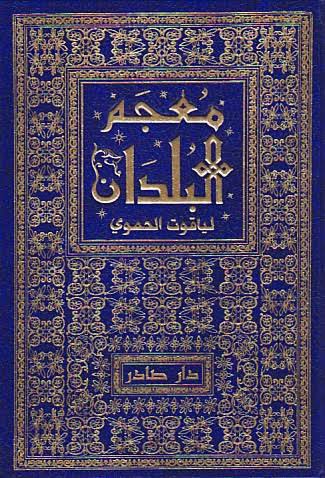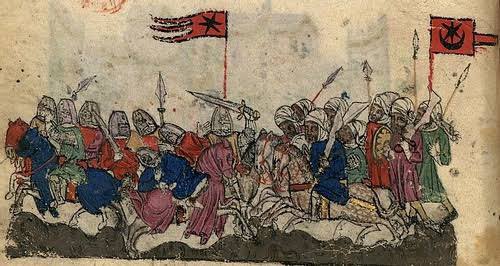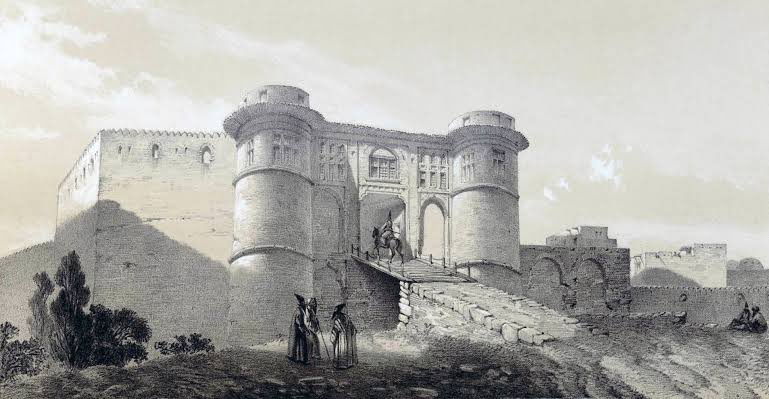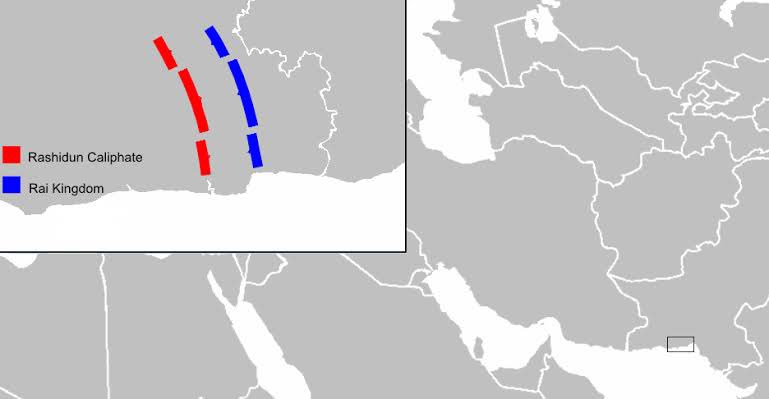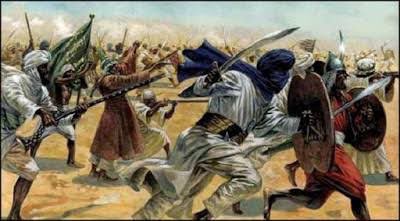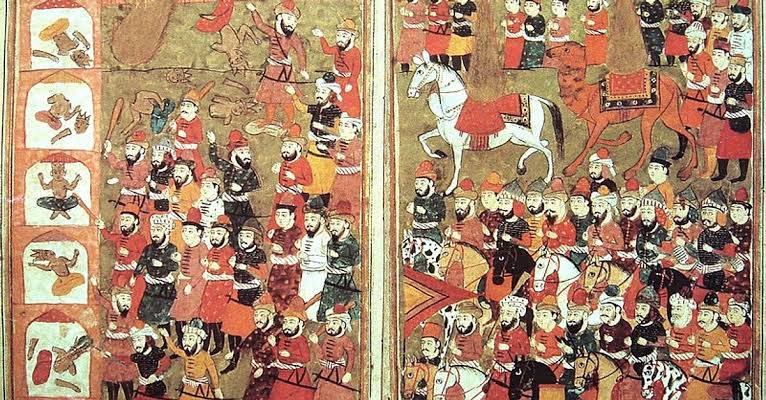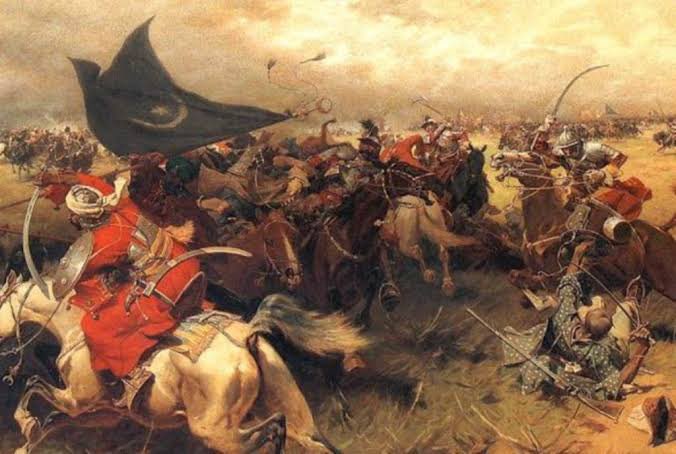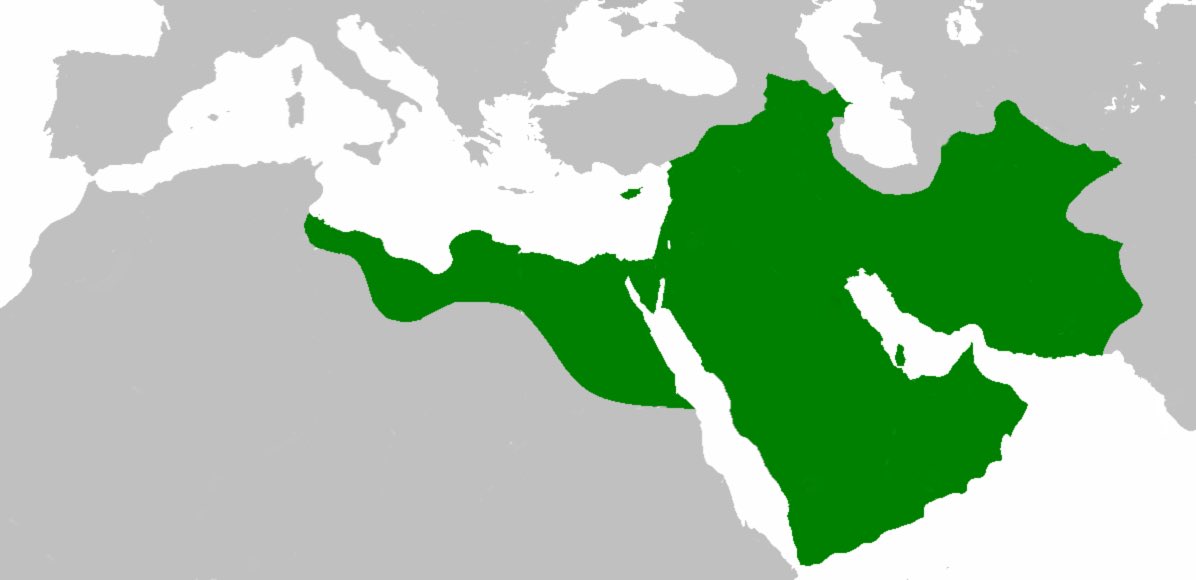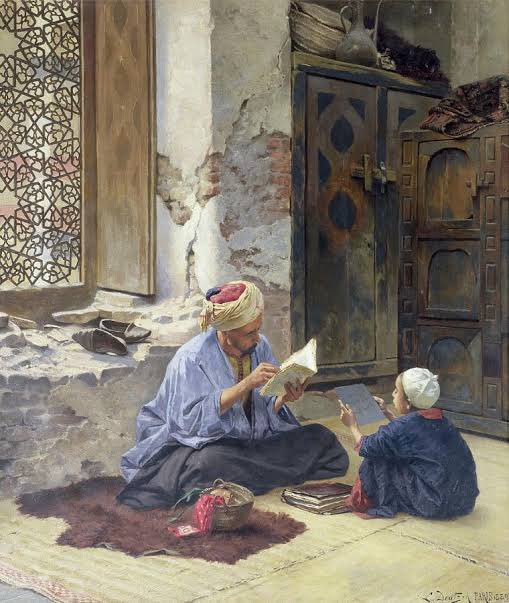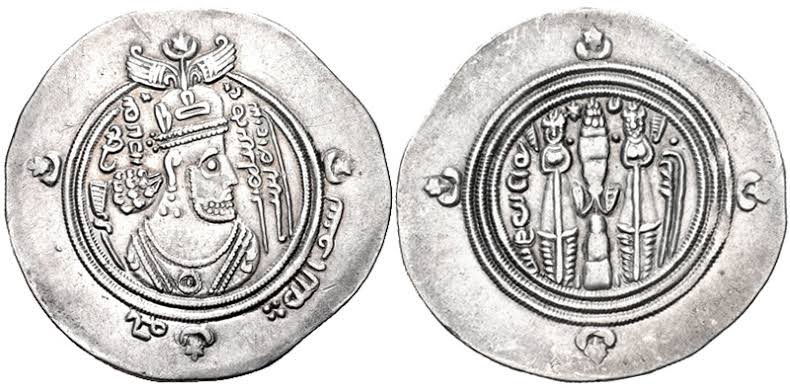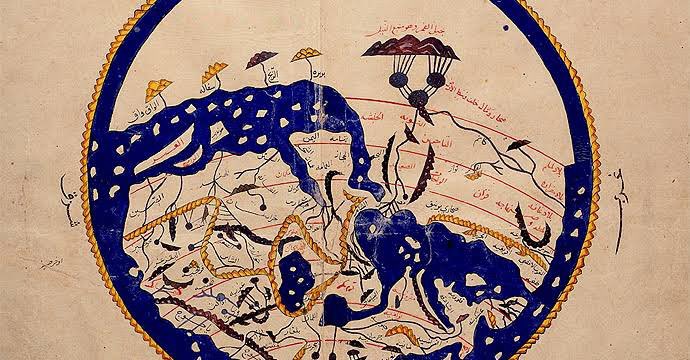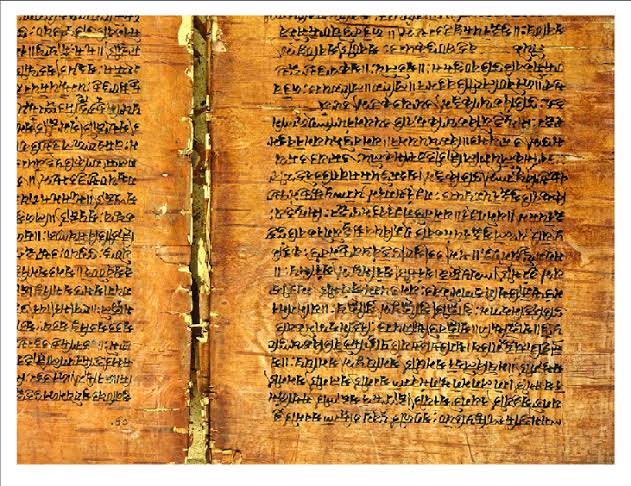As noted by Yaqut’s book ‘Mujam Al Buldan’, the Caliph’s intentions of spreading Islam in South Asia had been made as early as 634 CE.
The process of the first invasion upon the Indus region began in 641/‘42 CE when even after defeating the Sassanians at -
At the battle of Navahand, the Sassanid empire didn’t fully come under Muslim control and many provincial governors declared independence. So a large mobilisation of Muslim troops took place with 5 armies under 5 generals for 5 different places; one of which was Makran.
Shortly after the fall of the city of Isfahan, Abdullah Bin Utban (one of the men involved) marched towards the region of Kirman. The armies fought steadily with the locals of Kirman who were eventually routed and the city of Zaranj in modern Afghanistan was taken.
At this point, the Muslims made a treaty with the people of Kirman and the armies descended south to meet with the already present and arriving auxiliary forces strengthened near the border of Makran, preparing for the first thrust towards the Indus.
In 643, the Muslim armies entered into the Indus region to battle Imperial Sind. The onslaught to come is known as the Battle of Rasil where a formidable Muslim army faced a gigantic force of Men and Elephants from Imperial Sind and Makran.
The Indus force and their defence is noted as ‘impregnable’ but as it is known, the early Muslim armies were also indomitable.
After a long battle the Muslim armies won and the defeated army was chased towards the Indus River which they managed to cross.
The difficulty of the battle and the gritty resistance offered by the people of the Indus (Pakistan) is attested by the conversation which took place b/w the Caliph Umer and the messenger sent by the victorious general.
The messenger described southern Pakistan as such: “It’s -
“- Plains are mountainous, water supply is scanty and dates are of inferior quality. The enemies are bold. The good (coming from the area) is little, but it’s evil if enormous. A large army appears to be small there and a small one will be lost. Beyond that region, worse awaits.”
So the victorious general who had sent for the messenger to acquire permission for further advance into the Indus region was denied by the Caliph Hazarat Umar R.A. from further advance. Though due to this campaign, Makran became the first area from Pakistan to joint the caliphate
Due to this campaign we also hear of the companions of the prophet in modern Pakistan which I shall narrate as received:
[Abd Allah b. Abd Allah b. Utban, Asim b. Amr Al Tamimi, Suhar b. Al Abdi, Suhail b. Adi, Al Hakam b. Al Thaqafi.]
The people of this region were also not of the most tame kind. They revolted later on and refused to pray tribute until another large campaign was sent into southern Pakistan shortly after in the era of Usman R.A.
The consequence of such border raids was the acquisition of war prisoners and due to the treatment given to slaves in that era, many captured men from Pakistan would later go on to become excellent theologians in the golden era. Some would even tutor the likes of Tirmidhi.
https://t.co/gkBW1ja090
Though southern Pakistan wasn’t the only one to come in contact with Islam in the 600s.
We hear of the General Al Muhallab who penetrated into modern day KPK in 664. The annals of history record 3 names; Al Kikan, Al Bannah and Al Ahwar. The first name is taken for Kabul,
The second name is taken for Bannu however it is uncertain just what is Al Ahwar. Some historians believe it to be Lahore, which means the Muslim army penetrated well into Punjab in the Takka Kingdom which was the Pre Islamic Punjabi kingdom over western Punjab.
However Al Ahwar could also be Chotta Lahore or Lahur, a village in Swabi in KPK where in the ancient times men like Panini (considered the father of linguistics) and Marananta (who spread Buddhism in Korea) were born.
Either way, Muhallab’s raid into the erstwhile Gandhara opened another door for Islam since we see certain Islamic preachers buried in the vicinity of the Waziristan region.
There was another man, Muhammad bin Alafi. Him and his tribe deserted the Ummayyads in Makran and took refuge with Raja Dahir. He is credited to have created mosques and preached Islam in pre Islamic Indus Valley. He fought against Bin Qasim for Dahir but later deserted him -
And shifted north into the Takka kingdom. His descendants are believed to have settled somewhere b/w northern Punjab and Kashmir which is one of the reasons an early Islamic book signifying Qibla direction of area also included Kashmir.
The point of this thread is the fact that apathy and ignorance towards history as we see in Pakistan doesn’t just collude to the pre Islamic era, a lot of Islamic history is also veiled in the process.
If you liked it, share it :)
